Voice-over videos for eLearning: A step-by-step guide
TalentLMS
MAY 14, 2021
What’s the first thing that comes to mind when you hear the phrase “ voice-over video? ”. Voice-over is an extremely versatile type of video and can be used on anything from movie trailers to college lectures to, of course, corporate training. But how would you even go about creating an eLearning voice-over? A lecture?

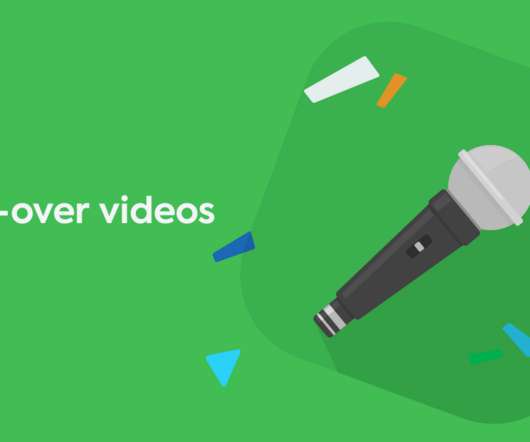

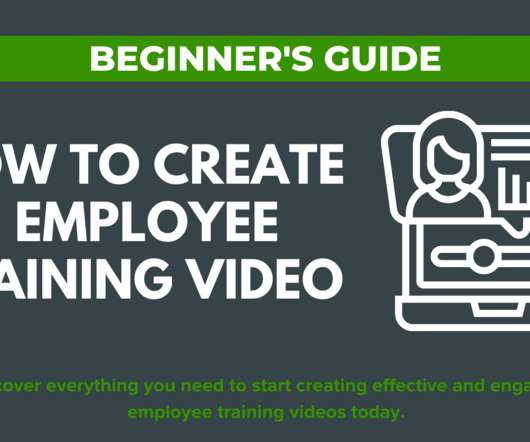
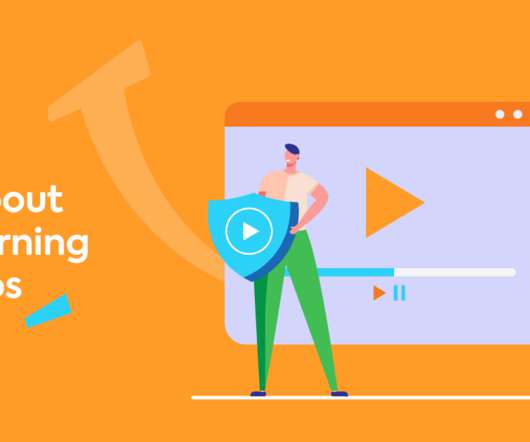
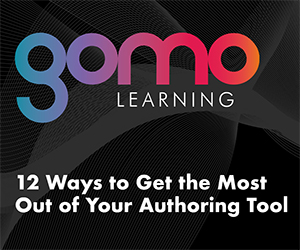









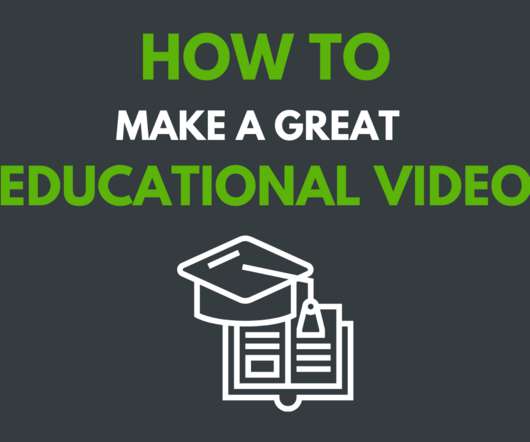
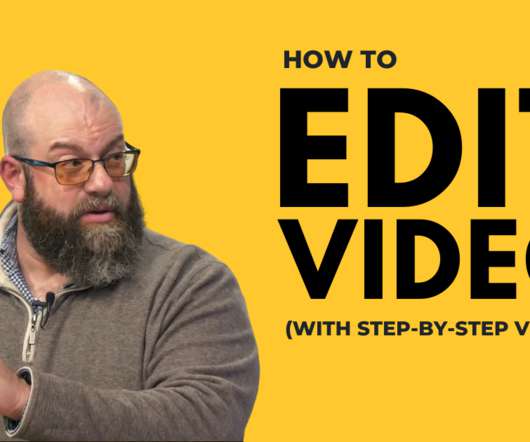
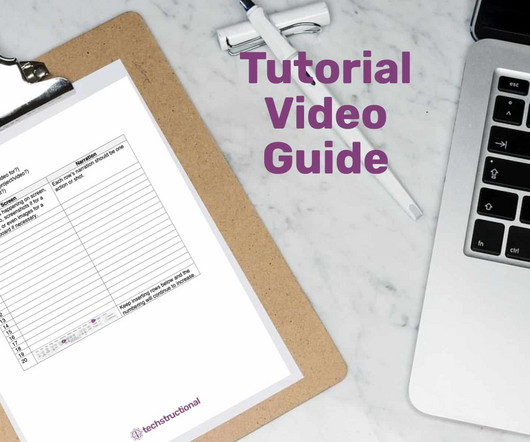

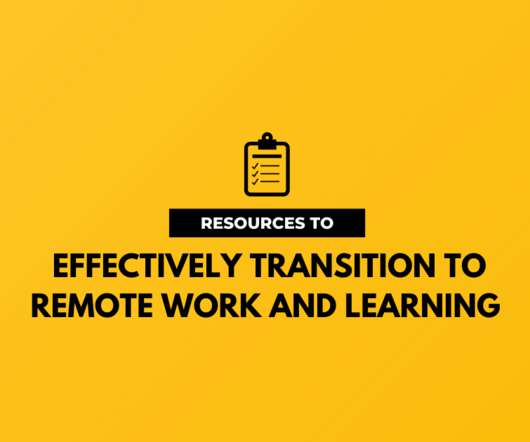



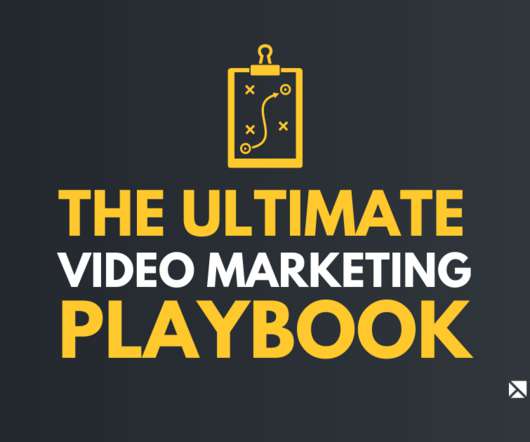
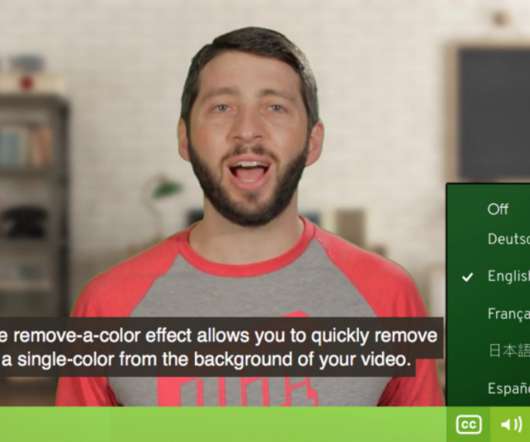










Let's personalize your content